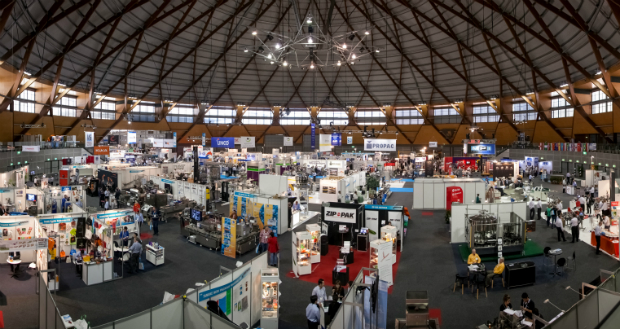
Fujifilm Australia says it is making major upgrades to its XMF workflow, and is taking on Adobe’s new Mercury rip Architecture for 2015. XMF Remote R10 will allow remote previewing and proofing of jobs over the internet using HTML 5. XMF v6 includes the Adobe pdf Print Engine 3 (APPE3) and, together with Mercury rip Architecture, Fujifilm says the boosted workflow achieves improvements in file processing times – important for short runs, frequent job changes and multiple output devices including digital and offset.

Richard Ramirez, product manager for plates, CTP and workflow with Fujifilm Australia
Richard Ramirez, product manager for plates, CTP and workflow with Fujifilm, says, “One advantage of XMF v6 is that the system can conduct load balancing by processing each page of a single job simultaneously during rendering. “This results in higher processing speeds to maximise the use of system resources, which in turn deliver productivity improvements when outputting pages to a digital press or when producing variable output. “XMF v6 also harnesses the Mercury rip Architecture to allow parallel processing of multiple jobs and achieve a processing capability up to ten times greater than previous systems, although the exact ratio depends on the operating environment. “Also different orders of priority can be assigned to different processes and it is possible to adjust the resource allocation for each process.” Ramirez says the ability to efficiently process multiple jobs in XMF v6 helps printers to use their devices more effectively. If the output to a platesetter, proofer or digital printer overlaps the system can reduce processing standby time to a minimum, ensuring each device is used efficiently.

Fujifilm XMF Remoter10 Proof via web
He says one XMF unit can process a volume of rip equivalent to five platesetters, meaning the number of rip devices can be reduced and making for greater consistency between jobs and printers. The XMF Remote R10 module is equipped with HTML 5 compatibility, so it can still be used without Java. The Express Job function is designed for work with new cusomters and one-off jobs, allowing customers to participate by registering their email but not creating an account. Online data submission, proofing and approval services are available, broadening the system’s potential applications. iPads can be used for proofing, allowing customers to issue instructions and confirm changes on-the-go. Ramirez says, “In 2015 we will be in a position to offer local demonstrations of XMF v6 and this is really the only way to fully appreciate its power. It is a powerful and versatile workflow.”
Comment below to have your say on this story.
If you have a news story or tip-off, get in touch at editorial@sprinter.com.au.
Sign up to the Sprinter newsletter


